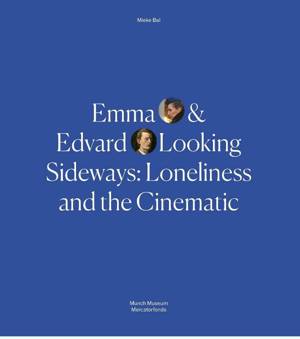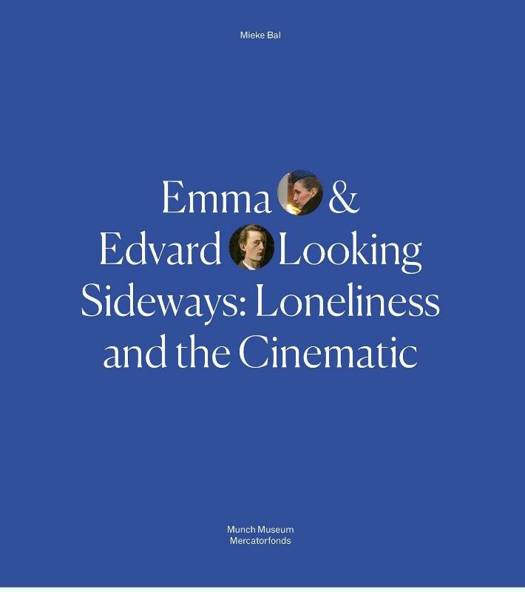
- Afhalen na 1 uur in een winkel met voorraad
- Gratis thuislevering in België vanaf € 30
- Ruim aanbod met 7 miljoen producten
- Afhalen na 1 uur in een winkel met voorraad
- Gratis thuislevering in België vanaf € 30
- Ruim aanbod met 7 miljoen producten
Zoeken
€ 59,95
+ 119 punten
Omschrijving
Two true masters come face to face when the works of Edvard Munch are juxtaposed against Gustave Flaubert's groundbreaking novel Madame Bovary.
For the first time, Edvard Munch's art is presented together with an elaborate video installation. Madame B (2014) was created by Michelle Williams Gamaker and the internationally acclaimed cultural theorist, artist, and curator Mieke Bal.
In this compelling book Mieke Bal explores the double theme of social loneliness and the cinematic mode of expression. Loneliness is often caused by a denial of communication, signified by the socially clumsy mode of «looking sideways». The author explores the cinematic aspects present in Munch's still images as well as Flaubert's pre-cinematic novel, and combines contemporary art theory with her own idiosyncratic way of looking at art - directly and closely. The reader is made to reflect upon how we view each other in social situations and question what happens when we are denied visual dialogue.
For the first time, Edvard Munch's art is presented together with an elaborate video installation. Madame B (2014) was created by Michelle Williams Gamaker and the internationally acclaimed cultural theorist, artist, and curator Mieke Bal.
In this compelling book Mieke Bal explores the double theme of social loneliness and the cinematic mode of expression. Loneliness is often caused by a denial of communication, signified by the socially clumsy mode of «looking sideways». The author explores the cinematic aspects present in Munch's still images as well as Flaubert's pre-cinematic novel, and combines contemporary art theory with her own idiosyncratic way of looking at art - directly and closely. The reader is made to reflect upon how we view each other in social situations and question what happens when we are denied visual dialogue.
Specificaties
Betrokkenen
- Auteur(s):
- Uitgeverij:
Inhoud
- Aantal bladzijden:
- 304
- Taal:
- Engels
- Geïllustreerd:
- Ja
Eigenschappen
- Productcode (EAN):
- 9789462301757
- Verschijningsdatum:
- 20/01/2017
- Uitvoering:
- Paperback
- Afmetingen:
- 240 mm x 270 mm
- Gewicht:
- 1290 g

Alleen bij Standaard Boekhandel
+ 119 punten op je klantenkaart van Standaard Boekhandel
Beoordelingen
We publiceren alleen reviews die voldoen aan de voorwaarden voor reviews. Bekijk onze voorwaarden voor reviews.











